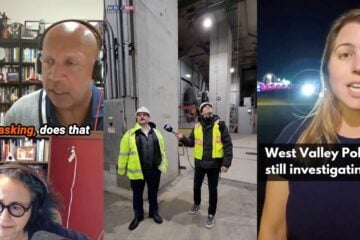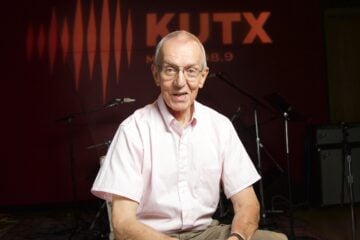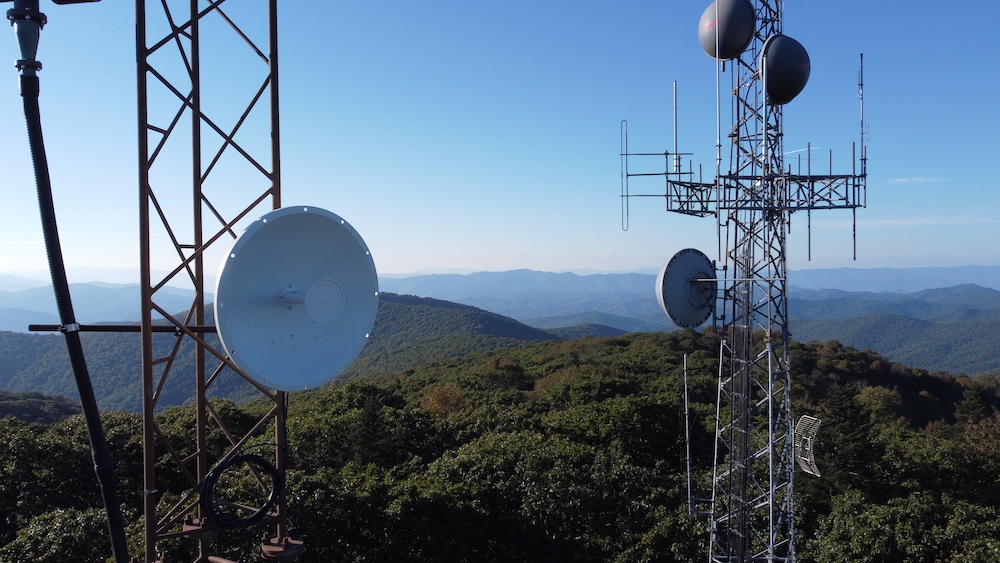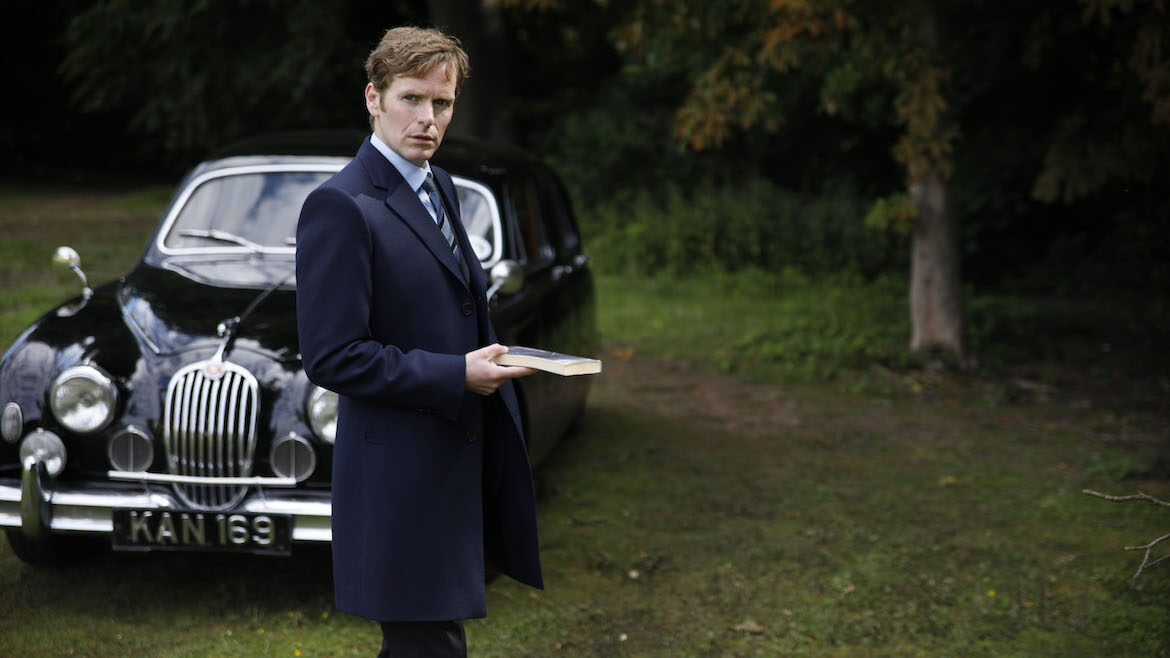‘This Old House’ can help public radio connect with more listeners
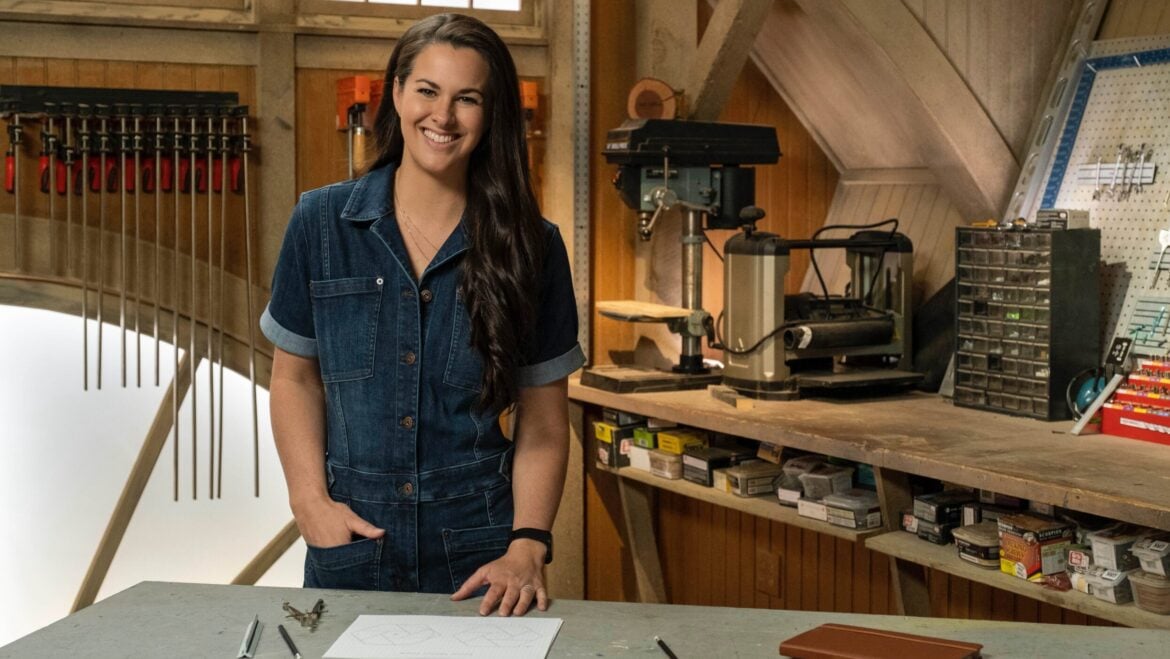
Claire Folger / Courtesy This Old House Productions
“This Old House Radio” host Jenn Largesse, a woodworker and DIY expert, appears on the PBS series.
The launch of This Old House Radio Hour shows that public media has the power to do more than analyze the world — it can help people navigate it.
At a time when audiences are overwhelmed by news fatigue, this American Public Media series shows potential to connect with listeners by providing practical, actionable advice. Like any new program, This Old House Radio Hour will need to compete for carriage with other new offerings, such as PRX’s new release of The Sam Sanders Show and the repackaging of NPR’s It’s Been a Minute with Wild Card. But the need for this kind of content has never been greater.
Public radio is at a crossroads. News analysis, narrative journalism and cultural storytelling remain essential, but stations and national producers must respond to the threat of audience stagnation and decline at a time of increased competition and changing media usage. These changes have hit broadcast listenership particularly hard. A 2024 analysis of 46 public radio news stations by Radio Research Consortium’s Dave Sullivan found that the weekly cume dropped 13% from 2022 to 2023 and more than 24% since 2019. Average quarter-hour shares grew slightly last fall, according to an RRC analysis tracking audience changes during the presidential election campaign.
Public radio also has struggled to attract younger listeners. Last August, NPR acting CCO Edith Chapin told staff that more than two-thirds of NPR’s broadcast audience is over age 45. The only audience segment that had grown in the past five years were listeners over age 65, according to Current’s reporting.
Efforts to address these challenges are in their early stages. As Chapin announced in her August email, NPR is changing the mix of stories in its newsmagazines, including focusing on shorter segments and looking to bring “more joy and wonder” to Morning Edition and All Things Considered. While some public radio veterans have dismissed the shift to brevity, the strategy also includes a greater emphasis on practical topics such as personal finance, health, and wellness — areas that may resonate more deeply with audiences than shorter or more entertainment-oriented content.
Filling a ‘trust vacuum’
The Researching Unmet Needs project reinforces the idea of focusing on practical topics. Funded by the Public Media Content Collective, Greater Public and the Station Resource Group, RUN is one of the largest audience studies in public media history. Among the 30,000 respondents surveyed, the study found a widespread desire for practical, everyday information.
The RUN study also found that public media faces a trust vacuum — audiences are skeptical of authority and actively seek content that is “carefully researched” and “something I can trust.”
By helping listeners solve real-world problems like home repairs, TOH Radio Hour helps build on public radio’s legacy of programs that present expertise in ways that are entertaining and engaging. It isn’t just nostalgia or a brand extension — the show represents an opportunity to offer trusted, nonpartisan guidance at a time when misinformation is rampant. Sure, people can search for DIY advice online, but public radio provides something more: credibility, expertise and a connection to real people.
We know this kind of content resonates. During the pandemic, many stations provided critical, real-time guidance on vaccine safety and health to large and loyal audiences. NPR’s Life Kit advises listeners on how to “get it together” in a variety of ways and APM’s Marketplace keeps them in-the-know about economic and business trends. Solution-focused programs produced by stations include Mississippi Public Broadcasting’s Auto Correct (car advice) and Wisconsin Public Radio’s Larry Meiller Show (gardening, health and home improvement). Download data for In the NoCo, the daily podcast at my station, KUNC in Greeley, Colo., reveals that the most popular episodes often include our regular gardening segments.
The New York Times has demonstrated the power of service-oriented content with its specialized web sites NYT Cooking, Well and Wirecutter, which blend traditional journalism with practical, useful content that meets readers’ everyday needs. These coverage strands have expanded the Times’ reach while driving significant subscription growth, proving that high-quality service content can be a sustainable strategy for media organizations.
How-tos attract fringe listeners
Expanding this kind of content can also help grow public radio’s audience. During its heyday as a staple of stations’ weekend schedules, Car Talk was a true hit and a rare example of a public radio program that served both core and fringe listeners well. It wasn’t just about cars — it was about making complex subjects accessible with warmth and humor. Public radio can do the same with home improvement, personal finance and other practical topics, reaching people who might not typically engage with news or cultural programming but still need reliable information.
Public radio is starting to embrace more practical content, but this shift comes with challenges. Many in the system are deeply invested in narrative journalism and entertainment content. While adding “moments of joy and wonder” is a worthwhile goal (who’s anti-joy?), it’s important to ensure these moments remain relevant to the real challenges people face. What delights one listener may feel like a distraction — or a reason to tune out — to another. In an increasingly atomized media landscape, even music and pop culture features face challenges in maintaining broad appeal.
Public radio news stations have a strong track record of providing substantive solutions-oriented content that helps people navigate their lives. Prioritizing this kind of content could make a greater impact.
Nearly three-quarters of respondents to the RUN study expressed concern about the accuracy and reliability of news, and they overwhelmingly felt that there isn’t enough trustworthy, in-depth reporting available. This reinforces why public radio is well-positioned to provide expert-driven guidance that people can rely on.
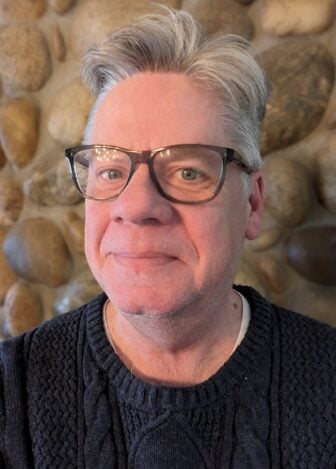
RUN underscored that public radio is not widely recognized or understood by the broader public — less than 8% of respondents could correctly name their local station or a network brand. However, it also identified major opportunities: audiences want public radio to provide more local stories, practical guidance and curated event calendars. These are precisely the kinds of services that can help public radio remain relevant and grow its audience both on the air and online.
Public radio has always been about more than just news and analysis. By focusing on practical needs, public radio can build deeper trust and loyalty with listeners. By helping people navigate their everyday lives with trusted guidance, we can ensure that public radio remains essential — not just as a source of insight, but as a resource people turn to every day.
Michael Arnold is the chief audience and content officer at KUNC and The Colorado Sound. Previously, he oversaw and directed content strategies at organizations including Wisconsin Public Radio, Public Radio International, New Hampshire Public Radio and WUNC in Chapel Hill, N.C.
Correction: An earlier version of this commentary referred to the new APM show as This Old House Radio. The full title is This Old House Radio Hour.


